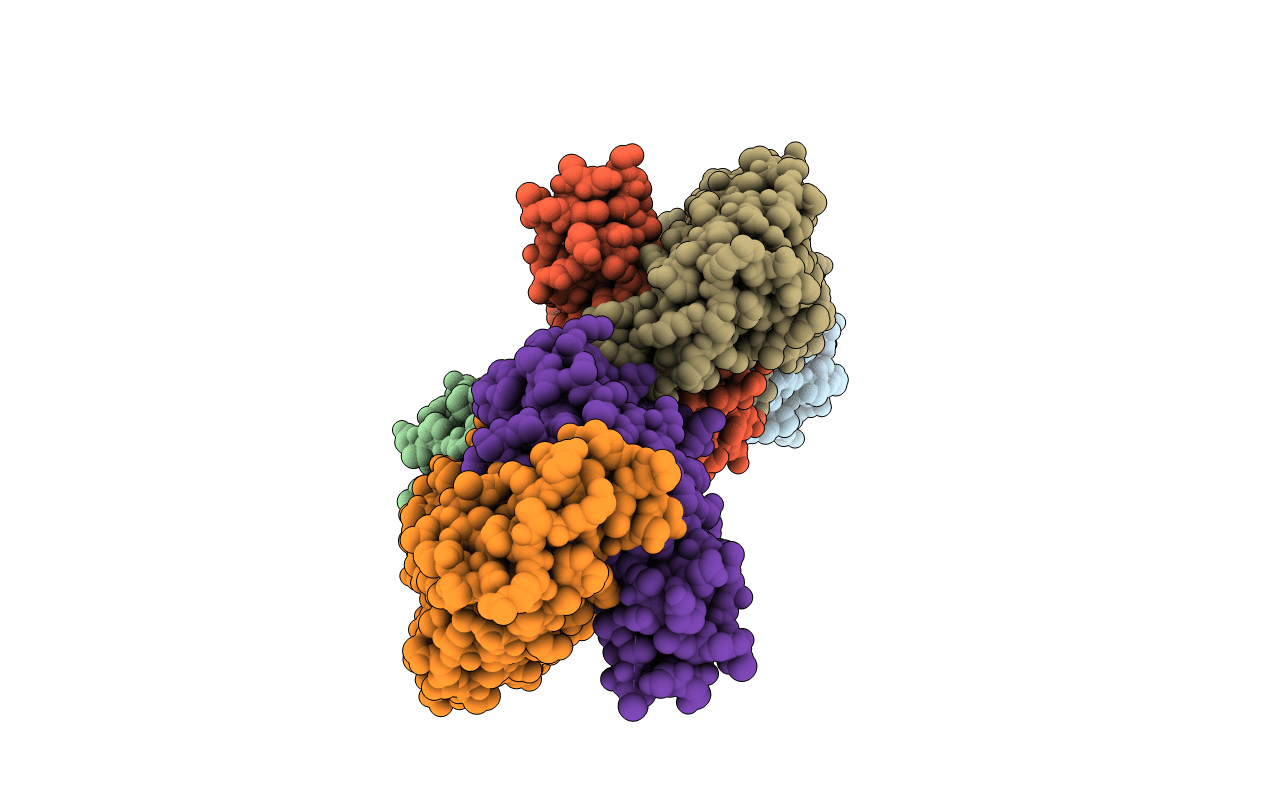
Deposition Date
2020-12-01
Release Date
2020-12-23
Last Version Date
2024-11-13
Entry Detail
PDB ID:
7DM1
Keywords:
Title:
crystal structure of the M.tuberculosis phosphate ABC transport receptor PstS-1 in complex with Fab p4-36
Biological Source:
Source Organism:
Mycobacterium tuberculosis H37Rv (Taxon ID: 83332)
Homo sapiens (Taxon ID: 9606)
Homo sapiens (Taxon ID: 9606)
Host Organism:
Method Details:
Experimental Method:
Resolution:
2.10 Å
R-Value Free:
0.22
R-Value Work:
0.18
R-Value Observed:
0.18
Space Group:
P 1 21 1


